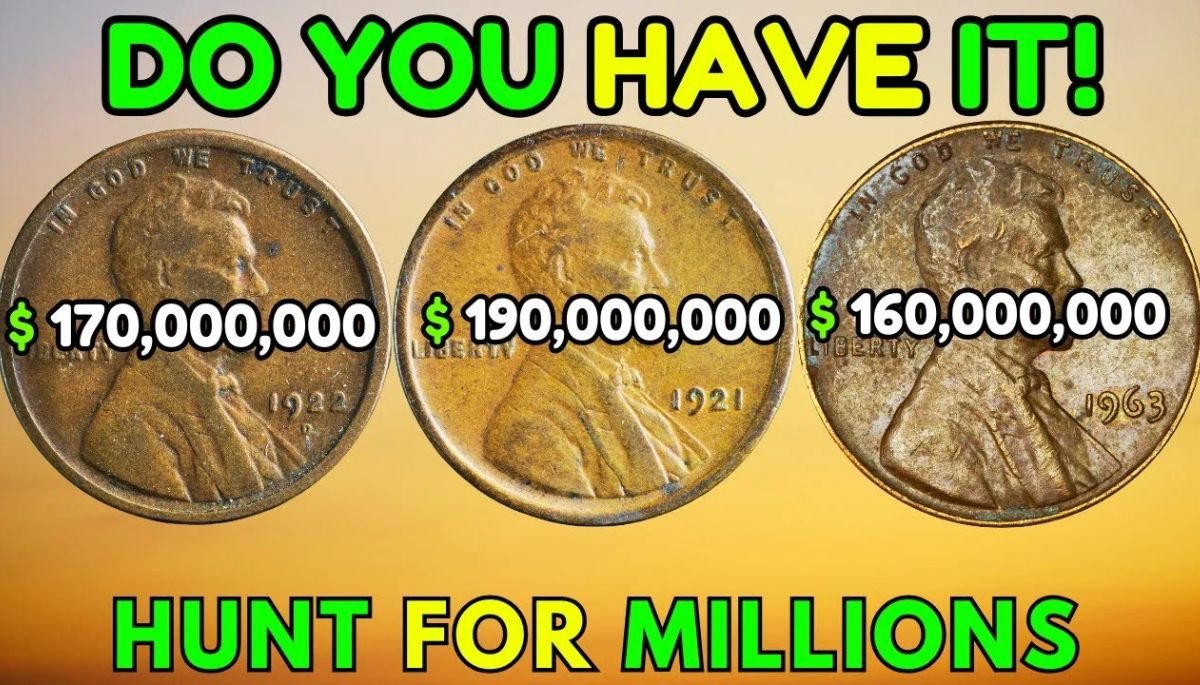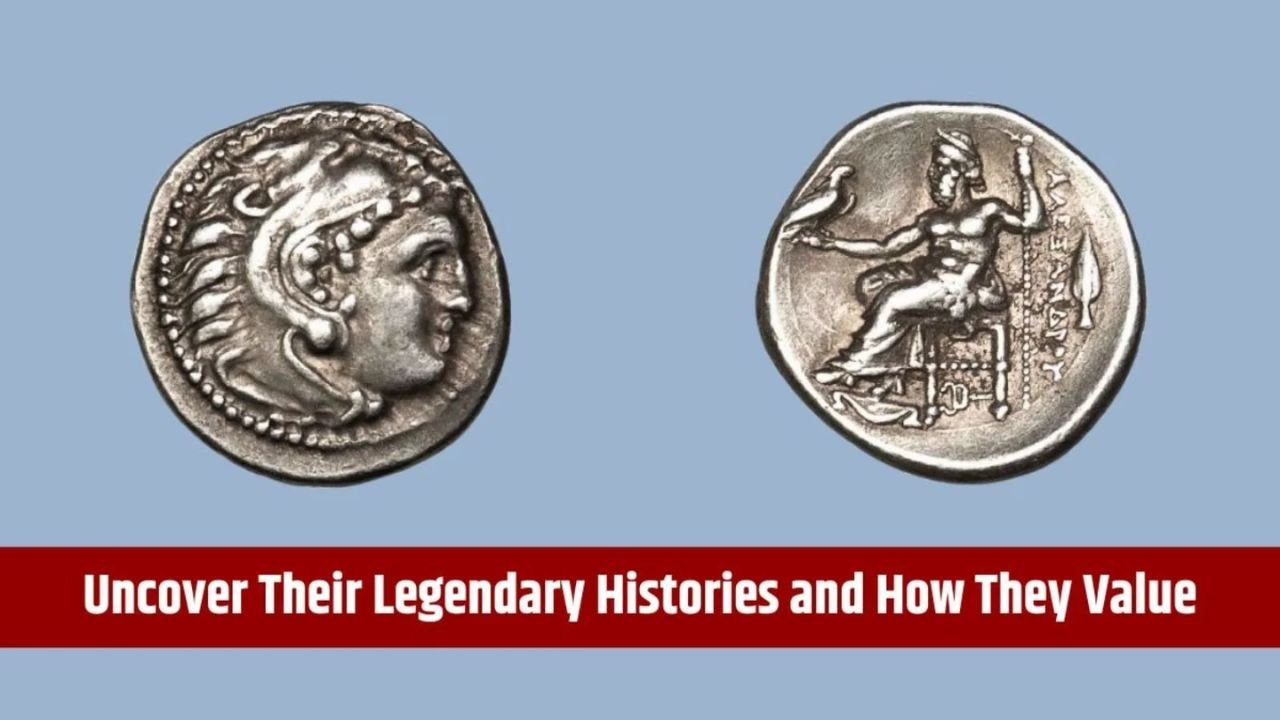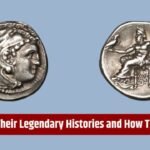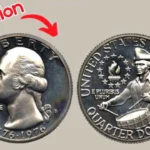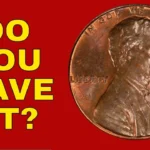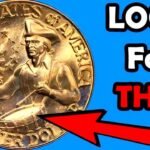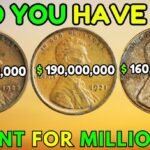5 State Quarters Still in Circulation Worth Over $5,000 Each
If you’ve ever brushed past your spare change without thinking twice, it might be time to take a closer look — especially at your state quarters. While most are only worth 25 cents, a few special ones can be worth over $5,000 each, and yes, they may still be in circulation today.
The U.S. Mint released the 50 State Quarters Program between 1999 and 2008. These coins were meant to honor each of the 50 states with unique designs. While billions were made and most are common, a few rare ones with minting errors, limited production, or collector interest have become highly valuable.
In this article, you’ll discover 5 state quarters that could be hiding in your wallet or change jar — and why they’re worth a small fortune.
Why Some State Quarters Are Worth So Much
You might wonder how a 25-cent coin could be worth thousands of dollars. Here’s why:
-
Minting Errors: Coins with printing mistakes are rare and often valuable to collectors.
-
Limited Mintage: Some quarters were made in smaller numbers, making them harder to find.
-
High Demand from Collectors: The rarer a coin, the more collectors will pay.
-
Perfect Condition: Coins in uncirculated or near-perfect shape fetch much higher prices.
-
Special Variants: Some quarters were struck in silver, or have unusual finishes.
.

Overview Table: 5 State Quarters Worth Over $5,000
| State | Year | Mint Mark | Special Feature | Estimated Value |
|---|---|---|---|---|
| Wisconsin | 2004 | D | Extra leaf on corn (high or low) | $5,000–$6,500 |
| Delaware | 1999 | P | Spitting Horse error | $5,000+ |
| Kansas | 2005 | P | “In God We Rust” error | $5,000+ |
| Minnesota | 2005 | P or D | Extra tree error | $5,000+ |
| Georgia | 1999 | P | Misprint on peach design | $5,000+ |
1. 2004 Wisconsin Quarter – The Extra Leaf Error
One of the most famous error quarters is from Wisconsin, minted in 2004. The coin features a cow, cheese, and an ear of corn. However, some versions show an extra leaf on the corn, which wasn’t part of the original design. These errors come in two types — “low leaf” and “high leaf.”
Why It’s Valuable:
The error was likely caused by damage to the die used during minting. Because so few of these coins exist, collectors are willing to pay $5,000 or more depending on the condition.
2. 1999 Delaware Quarter – The Spitting Horse
The Delaware quarter, the first in the 50 State Quarters series, features Caesar Rodney on horseback. In some rare versions, a small die crack makes it look like the horse is “spitting.”
Why It’s Valuable:
This error was not intentional and only appears on a small number of coins. In uncirculated condition, this odd and amusing flaw makes it worth well over $5,000 to collectors.
3. 2005 Kansas Quarter – “In God We Rust”
This error coin from Kansas is another collector favorite. On some versions of this quarter, the phrase “In God We Trust” appears as “In God We Rust” due to a grease-filled die obscuring part of the letter “T.”
Why It’s Valuable:
This well-known minting error is popular because it’s both unusual and clear to the naked eye. If found in good condition, this quarter can sell for over $5,000.
4. 2005 Minnesota Quarter – Extra Tree Error
The Minnesota quarter features a scene with a lake, a canoe, and trees in the background. But on certain error versions, there are extra tree-like shapes that appear to the right of the original trees. This was caused by a die doubling error.
Why It’s Valuable:
Collectors call it the “extra tree” error. There are several variations, but the more visible the error, the more the coin is worth. Values often exceed $5,000 if in mint condition.
5. 1999 Georgia Quarter – Design Misprint
The Georgia quarter features a peach (the state symbol), but some versions have a misaligned or incomplete design. A few even show extra outlines or unclear state borders.
Why It’s Valuable:
Since this was one of the earliest state quarters, many errors went unnoticed at first. Rarity and design flaws have turned these coins into valuable pieces worth upwards of $5,000 depending on quality.

What Should You Do If You Think You Have One?
-
Examine your change closely, especially quarters from the years above.
-
Check for odd features, like extra markings or blurry text.
-
If you find something unusual, don’t clean the coin — it can lower its value.
-
Take the coin to a reputable coin dealer or have it evaluated by a professional grading service.
-
Store the coin carefully to avoid damage.
FAQs (Frequently Asked Questions)
1. Are these quarters really still in circulation?
Yes, many people have reported finding error quarters in everyday change. While rare, they haven’t all been collected or removed.
2. How can I check if my quarter is valuable?
Start by checking the year, state, and mint mark. Then, search for visible errors or strange designs. A coin dealer can help confirm.
3. Should I clean a dirty coin to check it better?
No, cleaning coins reduces their value. Even rare coins can drop in price if they’re cleaned or scratched.
4. What makes a coin with an error valuable?
It depends on how rare the error is, how noticeable it is, and the condition of the coin. The fewer that exist, the more collectors will pay.
5. Where can I sell a rare quarter?
You can sell through coin dealers, auctions, or collector websites. Always check prices and reviews before selling to avoid scams.
Final Thoughts
Next time you receive change at the grocery store or open your coin jar, don’t overlook the quarters. Hidden among the ordinary ones might be a rare state quarter worth over $5,000. These coins are real, their errors are fascinating, and they continue to capture the attention of collectors across the country.
So, start searching — you might just be holding a small fortune in your hand.
